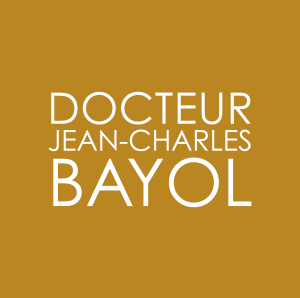FRONTO-TEMPORAL FACELIFT
This surgery consists of two procedures. The first corrects the appearance of wrinkles on the forehead and between the eyebrows (commonly called “frown lines”). The second part of the surgery fights effectively against the sagging of the temporal region of the face, the crow’s feet wrinkles and the fall of the eyebrows. The frontotemporal facelift is a common surgical act which can be done from the age of 40 and concerns both men and women.
> all about FOREHEAD AND BROW LIFT <
FRONTAL LIFTING AND TEMPORAL LIFTING OR FRONTOTEMPORAL LIFTING IN MONTREUX, GENEVA AND LAUSANNE (SWITZERLAND)
The lifting of the upper third of the face has two interventions:
- The frontal lifting that corrects the sagging of the upper third of the face: the forehead and the median part of the eyebrows. It can also alleviate the forehead wrinkles and the “lion’s wrinkles” that are more commonly called frown lines.
- The temporal lifting can correct the fall of the lateral end of the eyebrow. It may also correct the “crow’s feet” wrinkles located around the eyes by a slight retightening of the skin located on the outer part of the eye and orbit.
These procedures do not aim to change the face feature but to reposition its anatomical structures, forehead and eyebrows, in the position they had a few years before. However, the brow lift and the temporal lift allow a radical and definitive correction, unlike the botulinum toxin injection, cosmetic medical treatment that will allow the same corrections, but to a lesser extent and only temporarily (3 to 6 months).
These two face-lifts can be performed separately but in practice they are often associated. They can also be combined with other cosmetic surgical procedures (face lift, mid-face lift, blepharoplasty and lipofilling or lipostructuring) or cosmetic medical treatments (dermabrasion, laser, peeling, injection of hyaluronic acid).
When combined with a cosmetic surgery of the upper eyelid or blepharoplasty, it limits the amount of skin to be removed on the upper eyelid and the length of the scar. It will also correct, at least partially, the excess skin by raising the forehead and the eyebrows.
The frontal facelift as the temporal facelift can be achieved through small incisions under endoscopy.
The fronto-temporal facelift can be done on both women and men from the age of 40.
After these procedures the aging of the face will continue. A cosmetic care with specific treatments of the skin (laser, pulsed lamps, etc.) and injections (Botox, filling products) will help to maintain a longer result. A new procedure, often more moderate, may sometimes be necessary.



